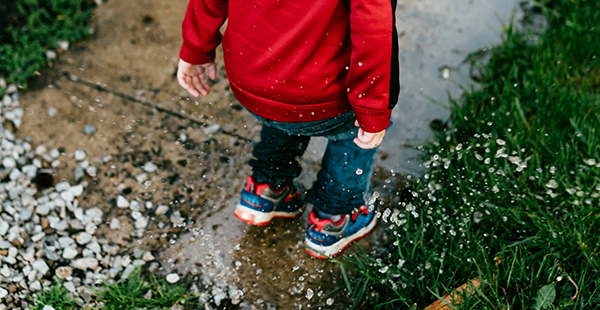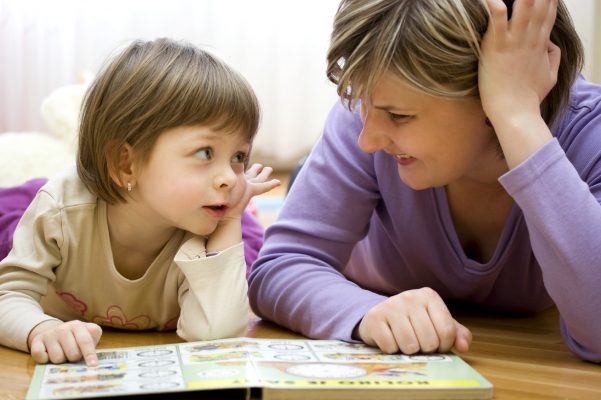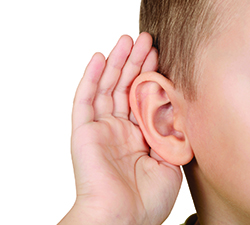Start Healthy Eating Habits from the Start
 By introducing new and healthy foods to your child at an early age, you help them develop good eating habits that will benefit them a lifetime. Once your child can eat solids, each meal should contain a variety of foods from each of the five food groups:
By introducing new and healthy foods to your child at an early age, you help them develop good eating habits that will benefit them a lifetime. Once your child can eat solids, each meal should contain a variety of foods from each of the five food groups:
- 1. Grains
- 2. Vegetables
- 3. Fruits
- 4. Dairy
- 5. Proteins
It’s normal (and expected) for young children to request the same food every day or reject foods they have never tried before. But what can you do to make it less of a strain?
[su_list icon="icon: angle-right"]
- Introduce one new food at a time
- Be patient and try the food again later
- Keep healthy food within reach
- Let them see you eat healthy too
- Let your child help pick out food
- Allow them to help prepare food with you
[/su_list]
Keep trying! Research indicates it can take 12 to 13 tries of a food for them to accept it. If they do not like the food the first time around, don’t give up! Wait a few days and try again and again.
| Birth to 1 | Between four to six months of age, many babies are ready for solids. They should be able to sit and hold their head up by themselves. | Blend up some strawberries in the blender. The bright red will surely catch your baby's attention! Or puree some peaches for their sweetness and potassium. | Steam kale or spinach and then puree it. Add some banana for sweetness. | Smashed squash is an excellent choice. A little seasoning goes a long way too! Add some basil, garlic, cilantro, or onions for a little flavoring. | When your baby is ready to start solid foods, introduce them to soft raw foods like avocado, banana and ripe pears. |
| 1 to 2 | Introduce only one new food to your baby every three to four days in case it does not agree with them or they have a reaction. | Serve similar foods together. Cantaloupe and honeydew, broccoli and cauliflower, or steamed carrots and zucchini | Arrange a lunch date with their pals. Eating healthy with friends is more fun. | Play with names: If your baby loves grapes and you are introducing them to blackberries, call them bumpy grapes. Call cauliflower, white broccoli. | Make drinks less sugary by adding water. |
| 2 to 3 | While your two year old may not eat a lot, they may show more interest in food if they share meals with the family and their food is cut bite-sized. | Play with names: If your baby loves grapes and you are introducing them to blackberries, call them bumpy grapes. Call cauliflower, white broccoli. | Make it entertaining my cutting sandwiches with cookie cutters. | Take your baby to the farmer's market and enroll their help in picking out the fruits and veggies. | Scale back on the snack. Allow them to work up an appetite for a healthy dinner. |
| 3 to 4 | Enlist your child to help with a small garden. Growing their own food may make them more willing to eat it! | Make drinks less sugary by adding water. | Make it entertaining my cutting sandwiches with cookie cutters. | Play with names: If your baby loves grapes and you are introducing them to blackberries, call them bumpy grapes. Call cauliflower, white broccoli. | Serve similar foods together. Cantaloupe and honeydew, broccoli and cauliflower, or steamed carrots and zucchini |
| 4 to 5 | If you are planning to serve a new food, let your child help with the preparation. They might be more willing to try it afterwards. | Make drinks less sugary by adding water. | Make it entertaining my cutting sandwiches with cookie cutters. | Many little ones love dipping their food. Add some condiments to the mix: carrots and ranch, fruit and yogurt, or baked chicken and ketchup. | Take your baby to the farmer's market and enroll their help in picking out the fruits and veggies. |
Need More Information?
[su_list icon="icon: angle-right"]
[/su_list]





